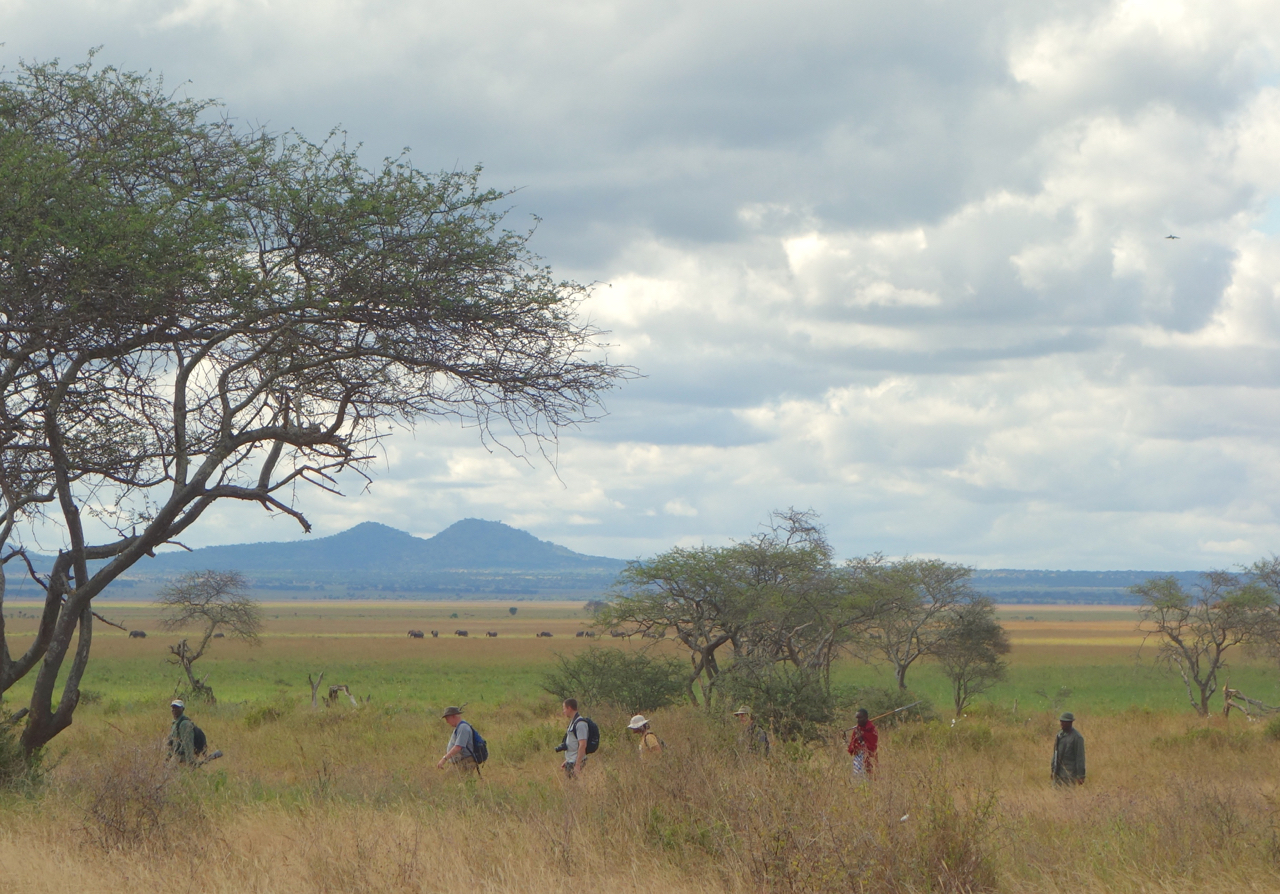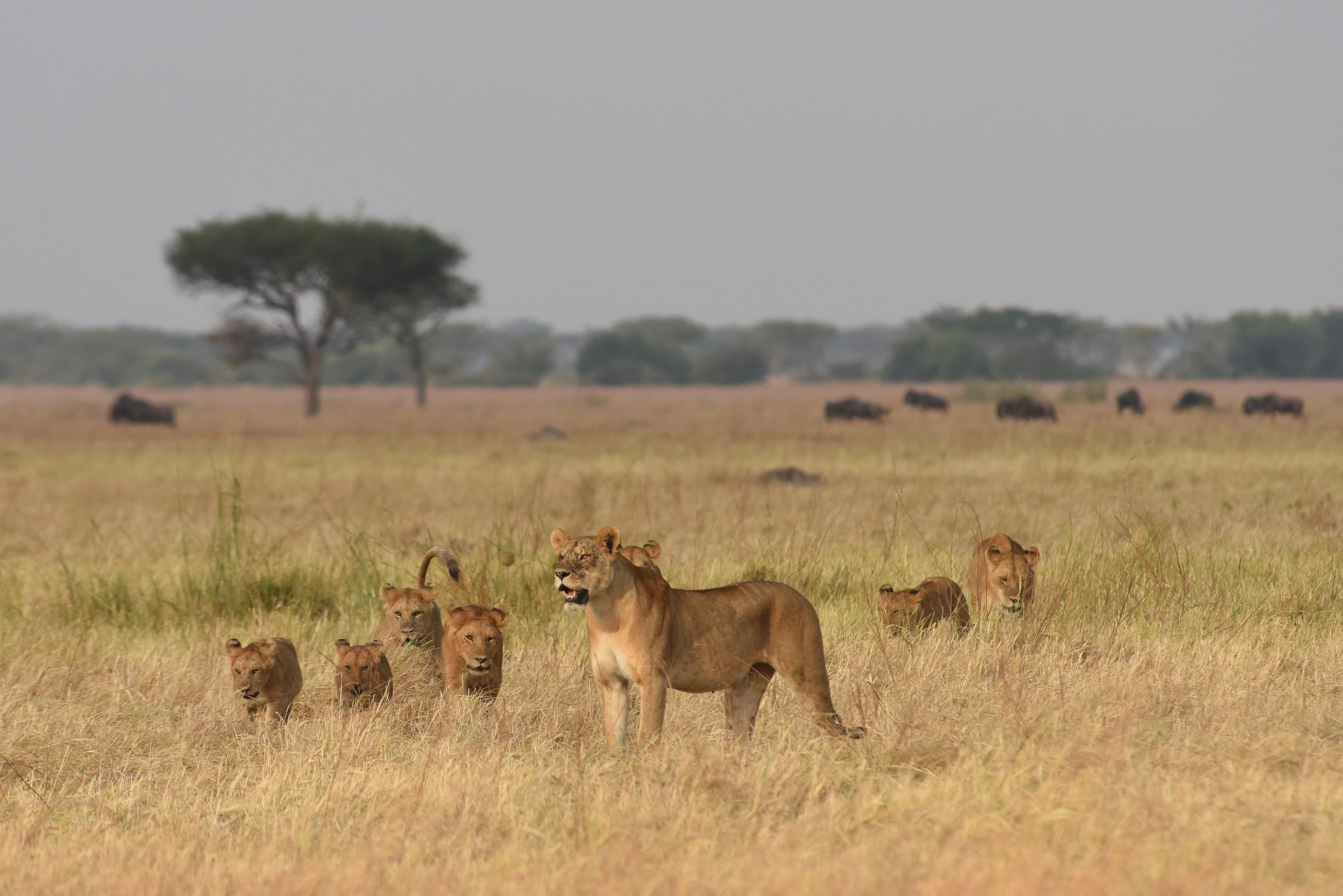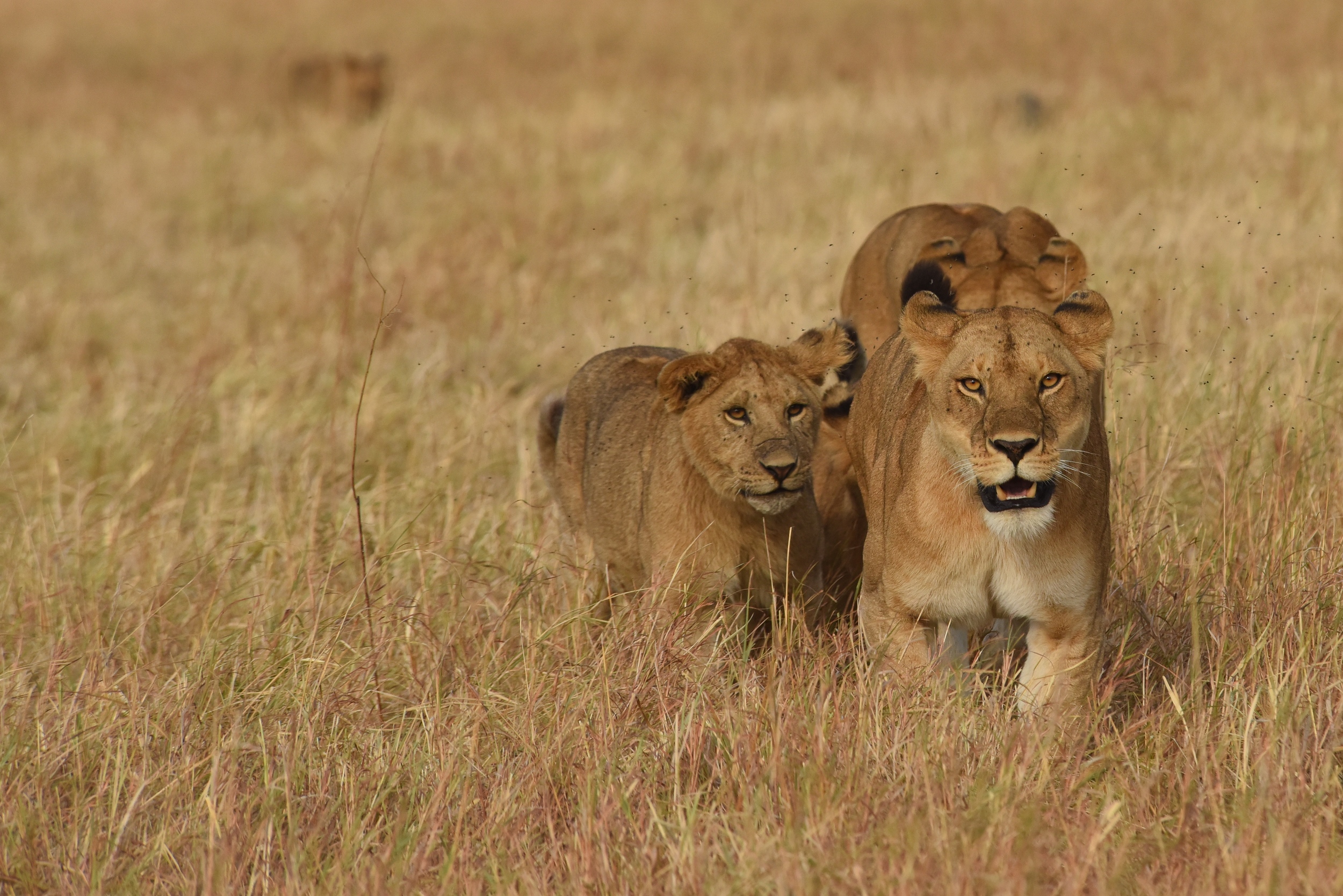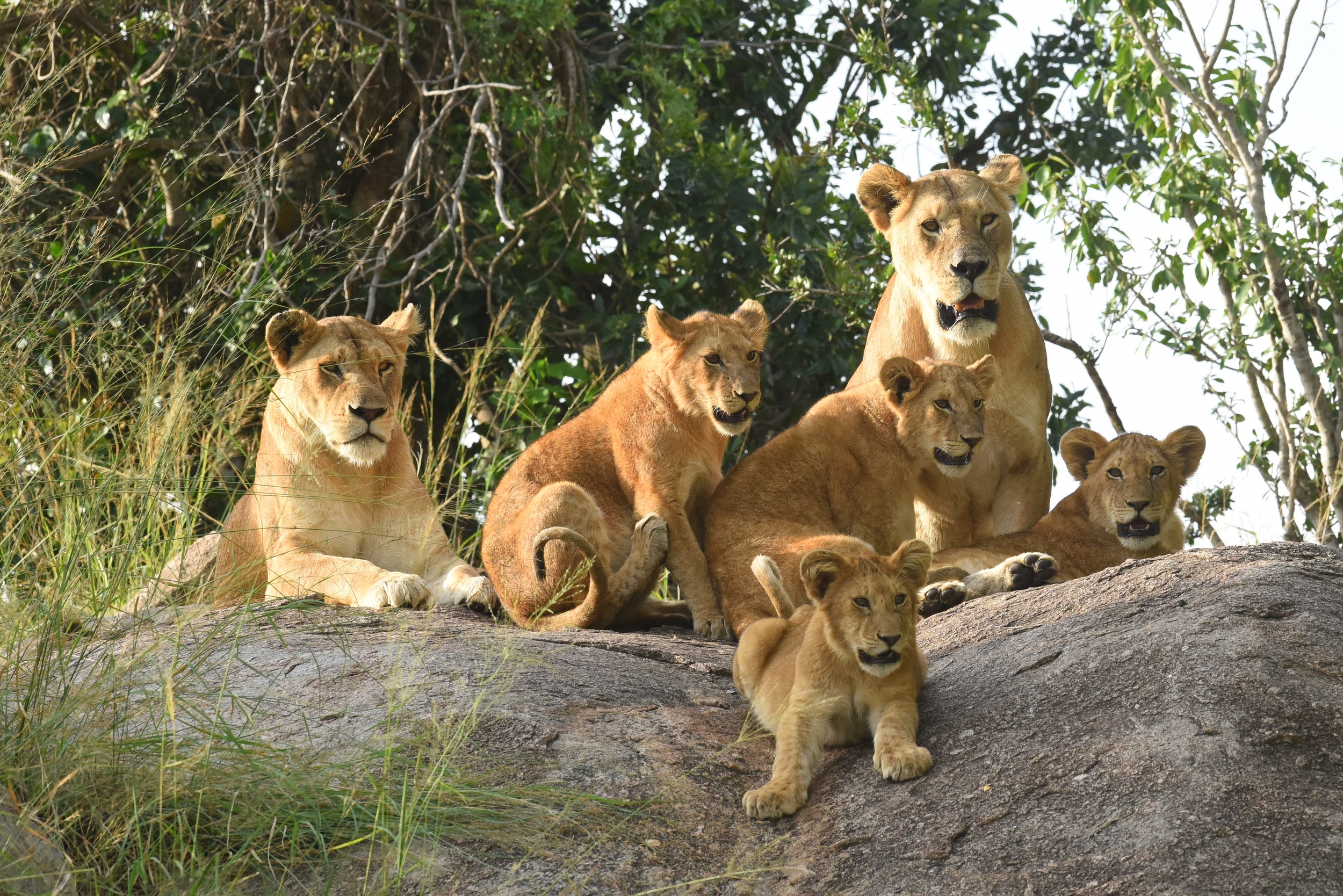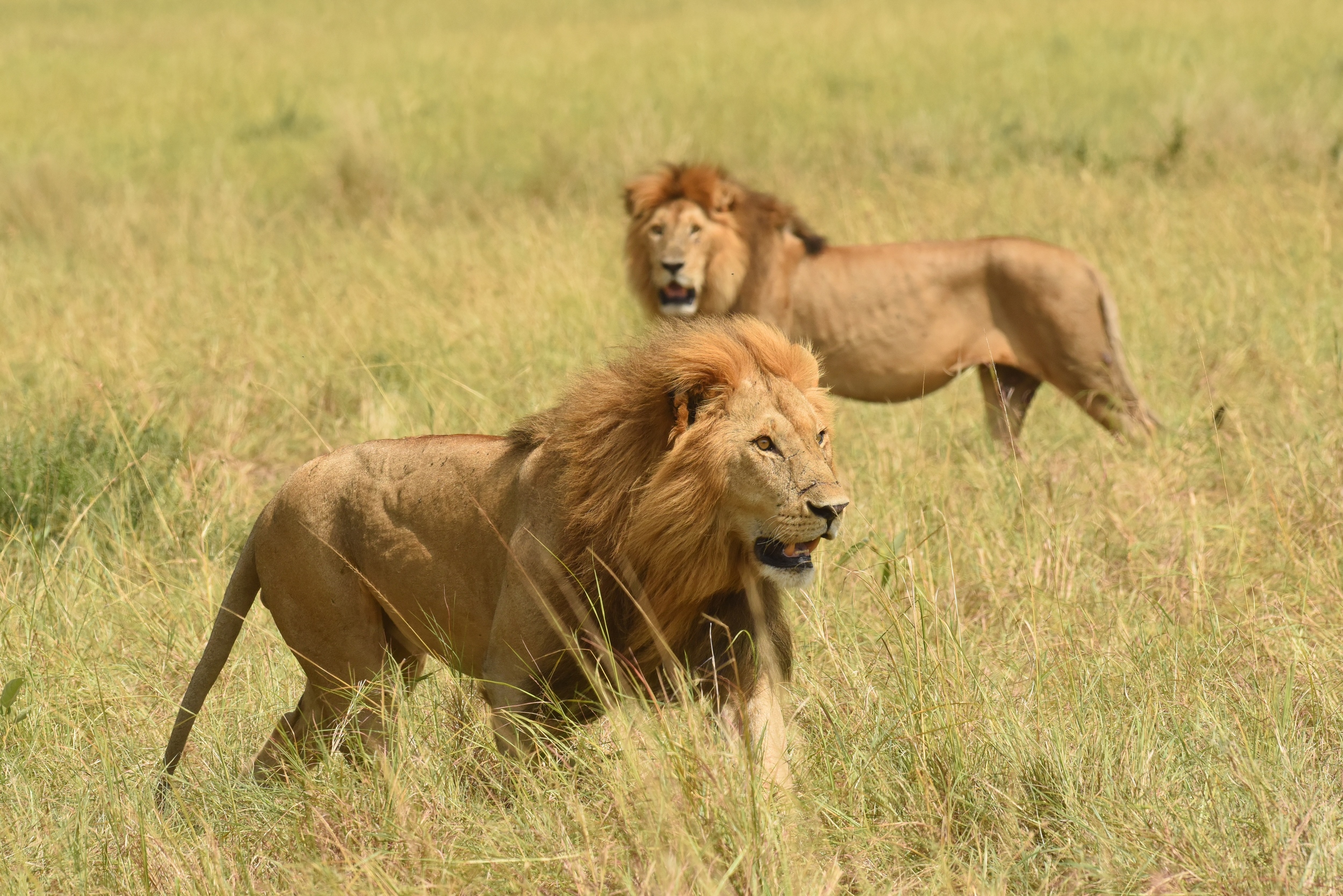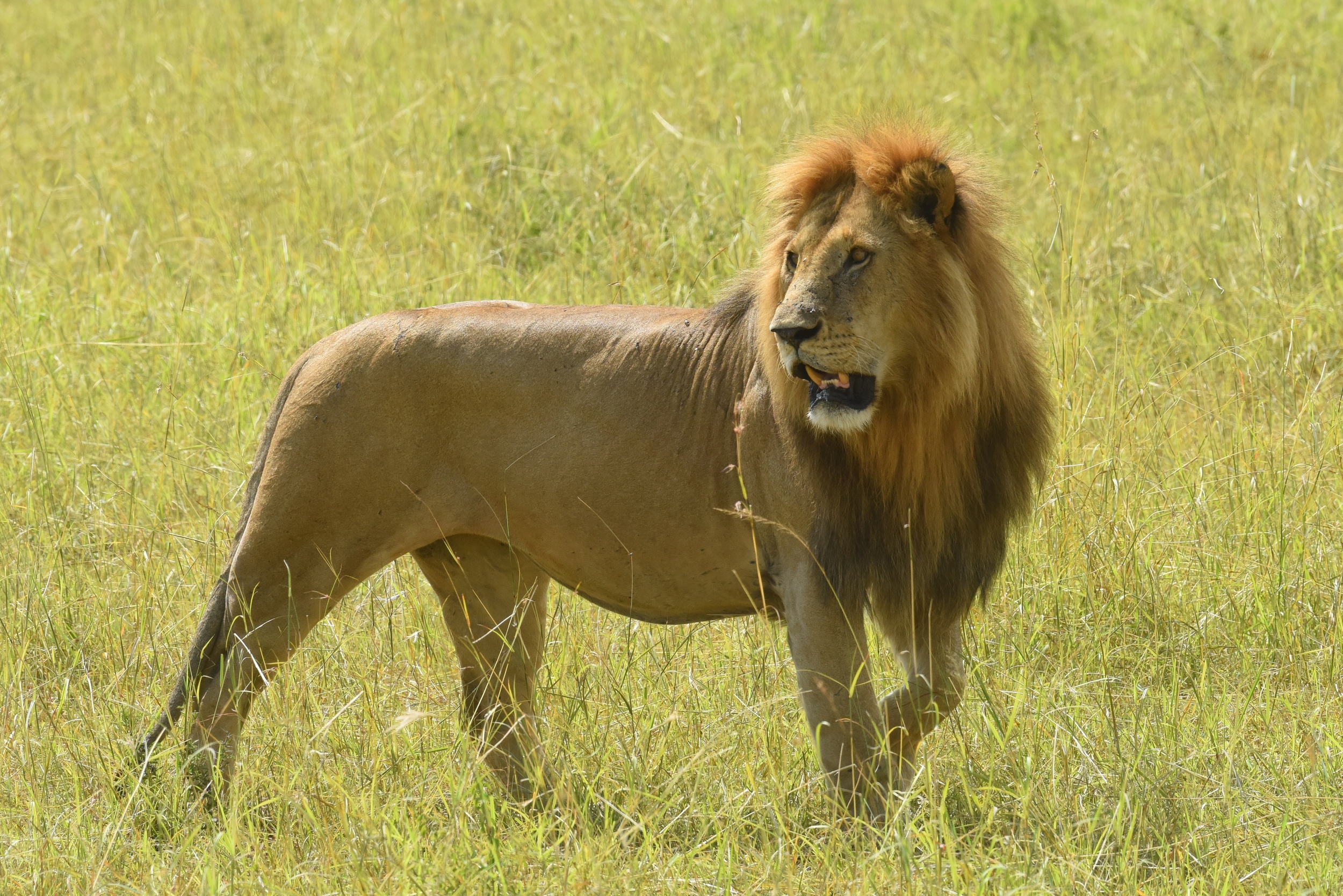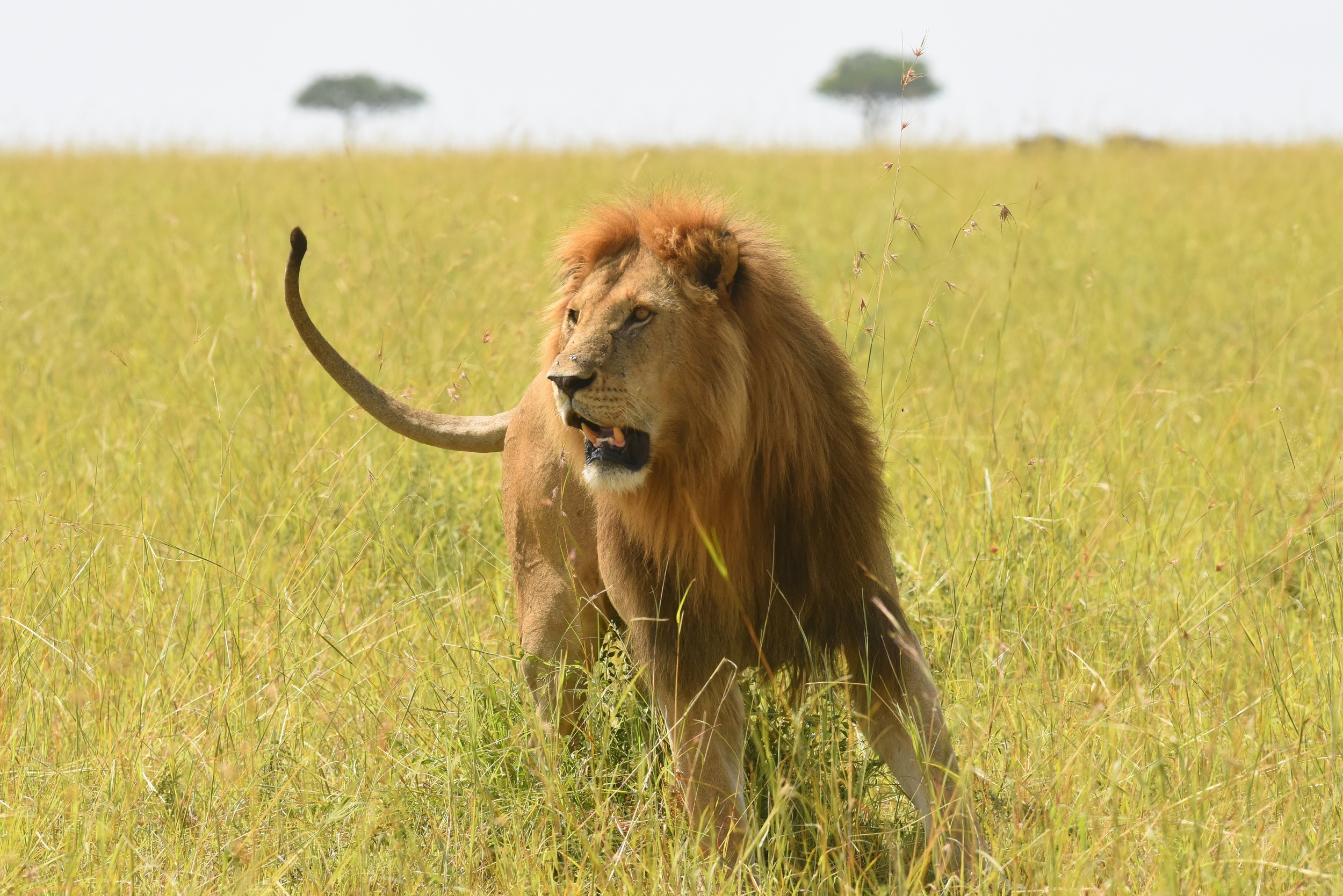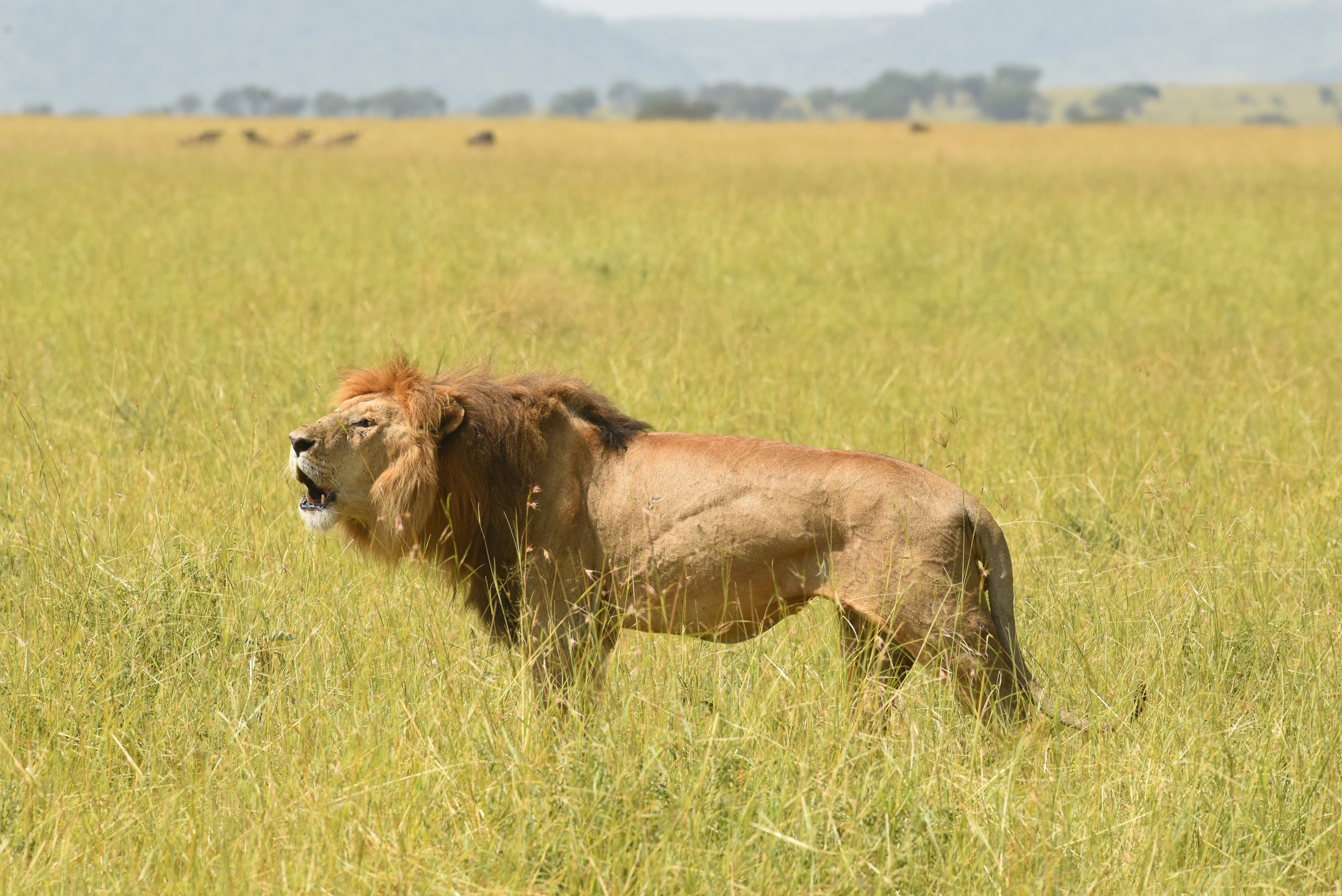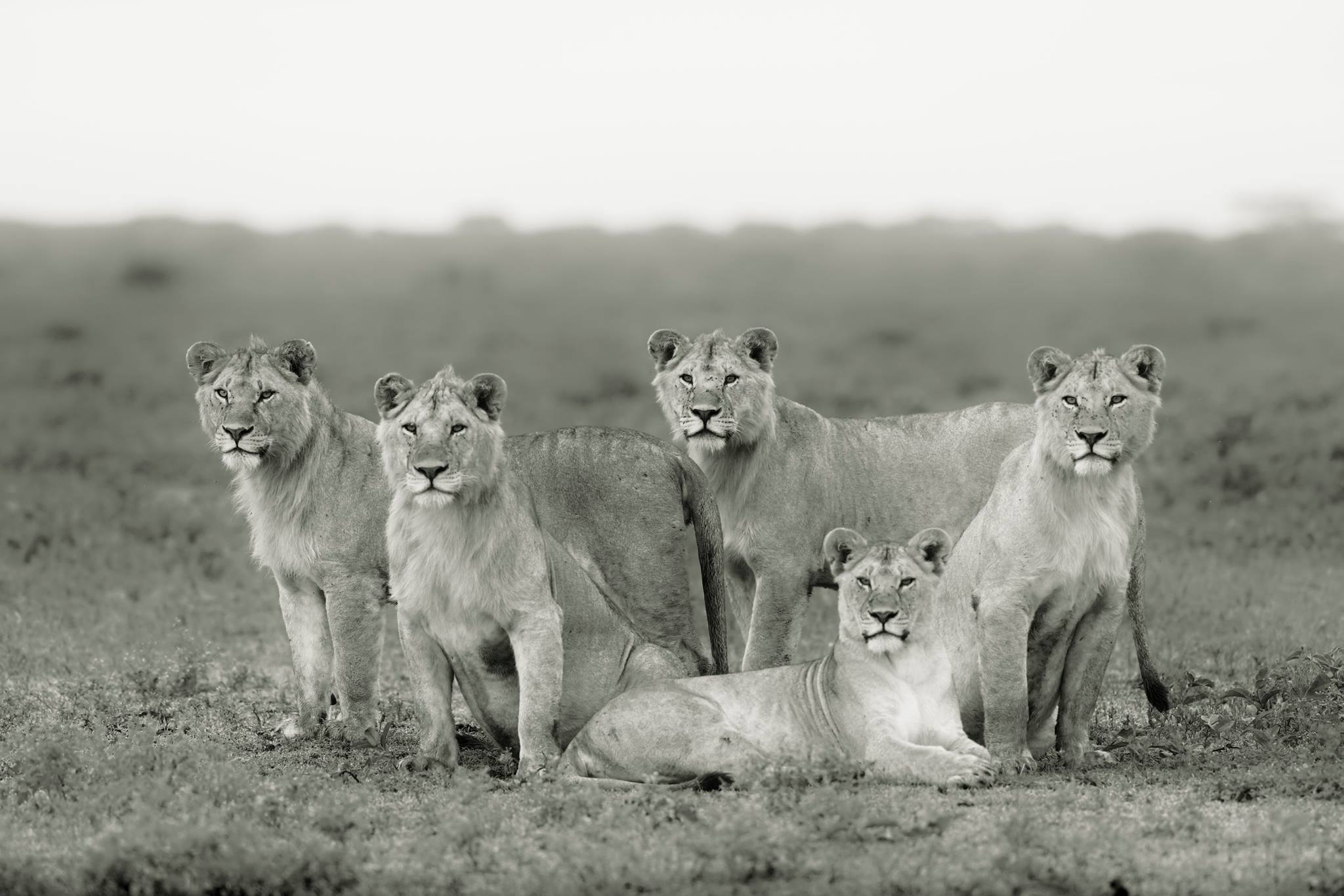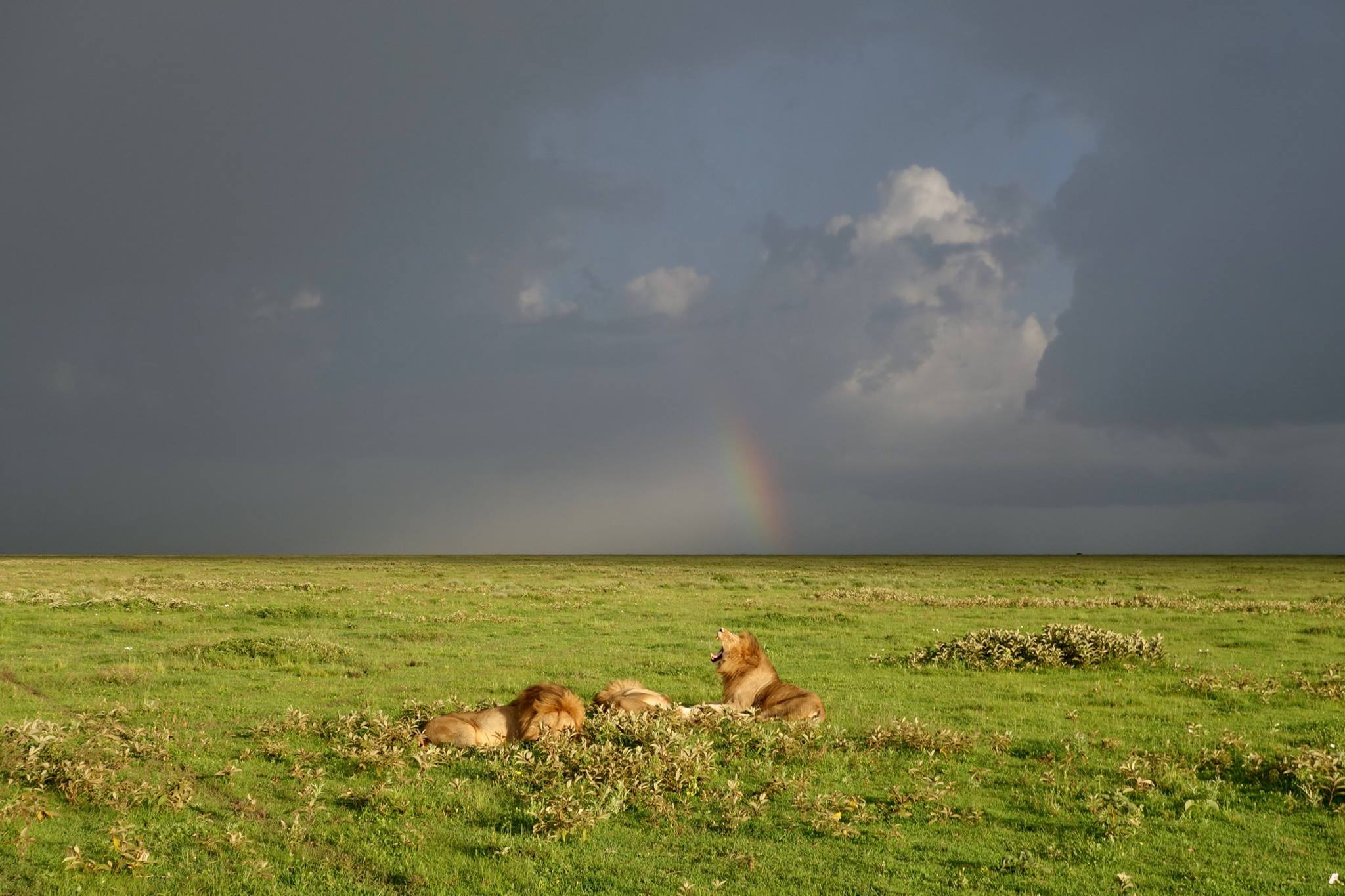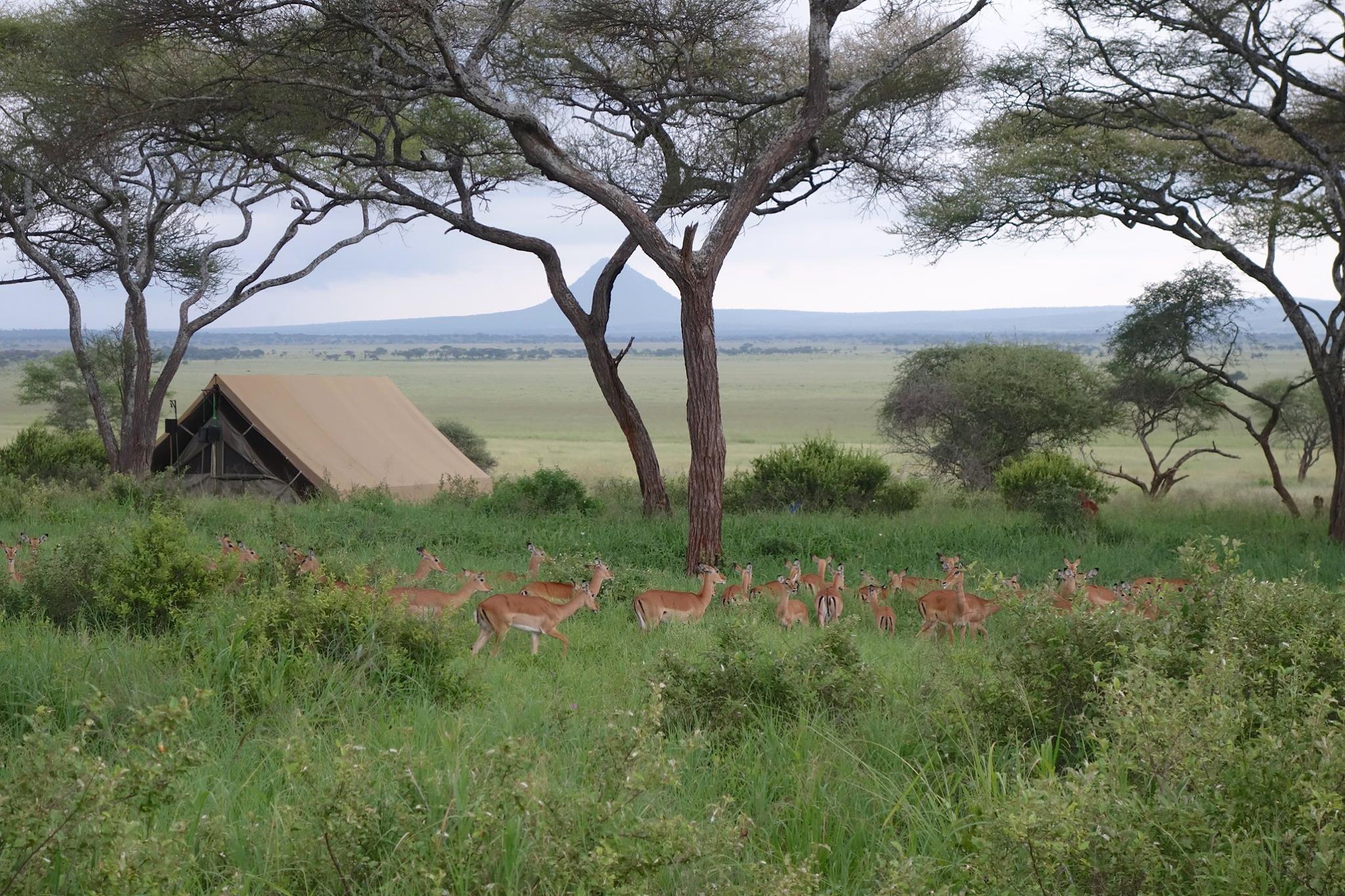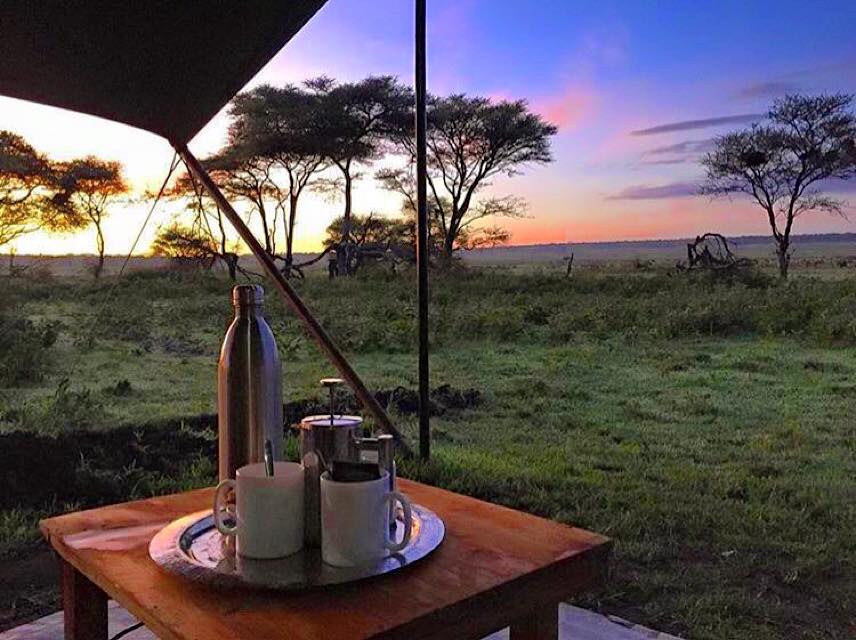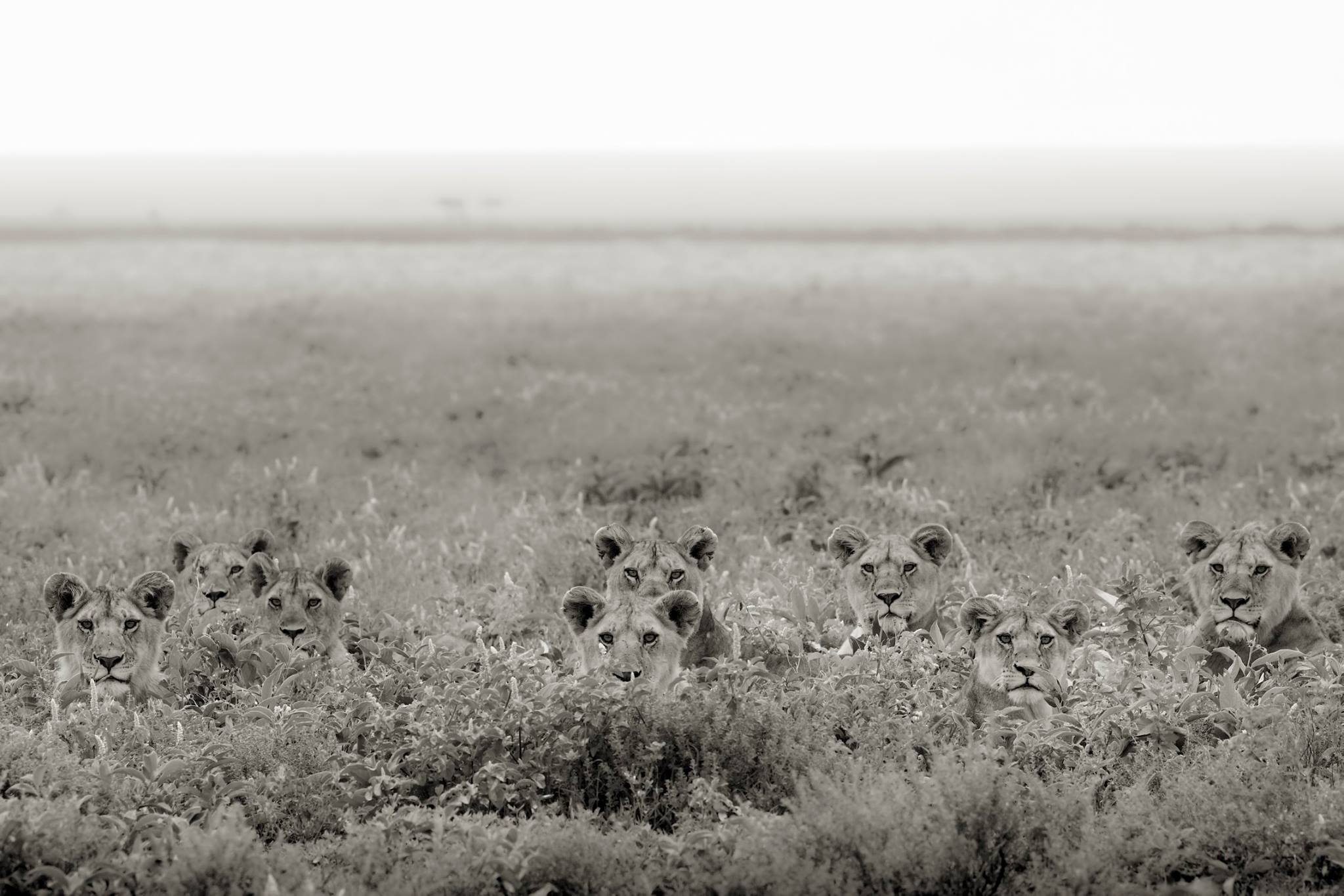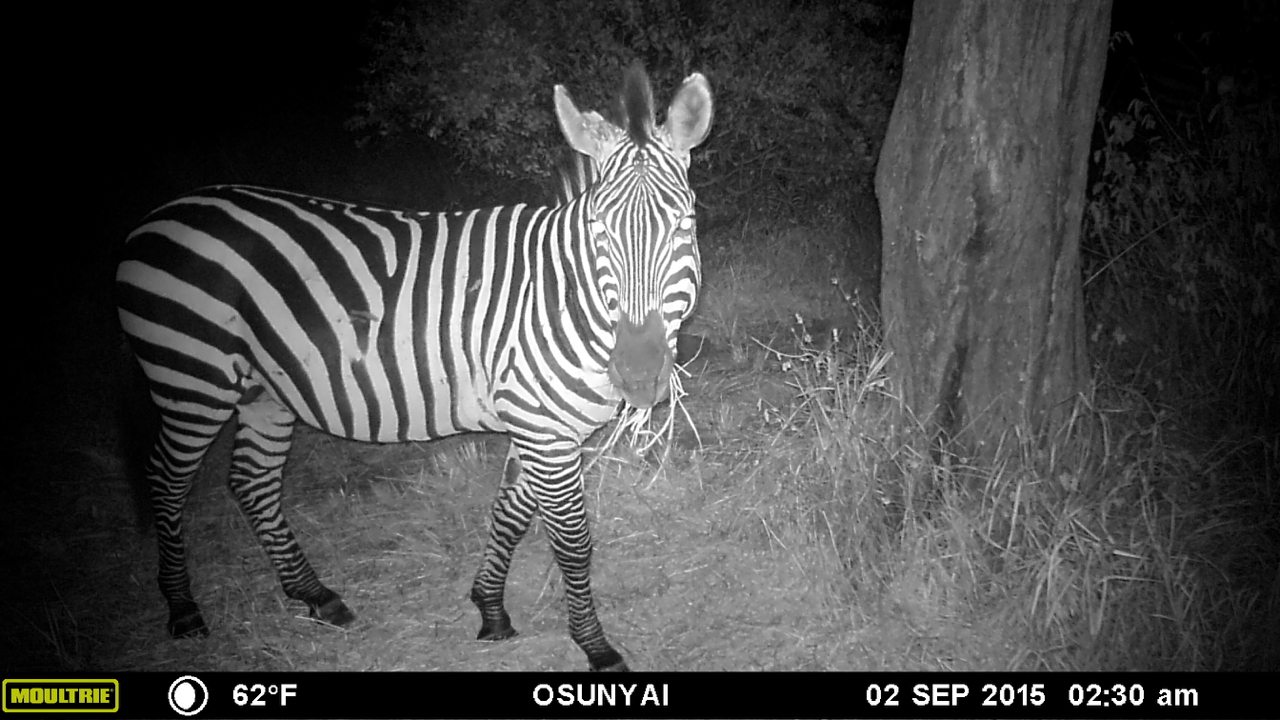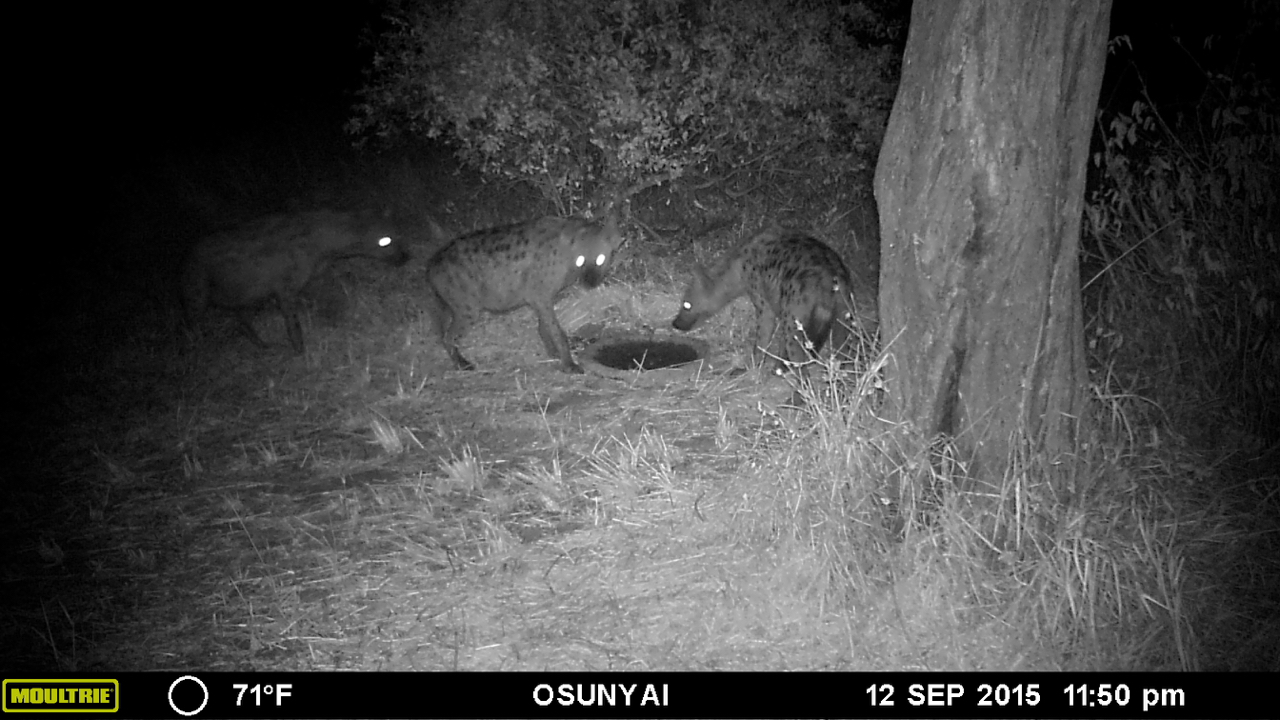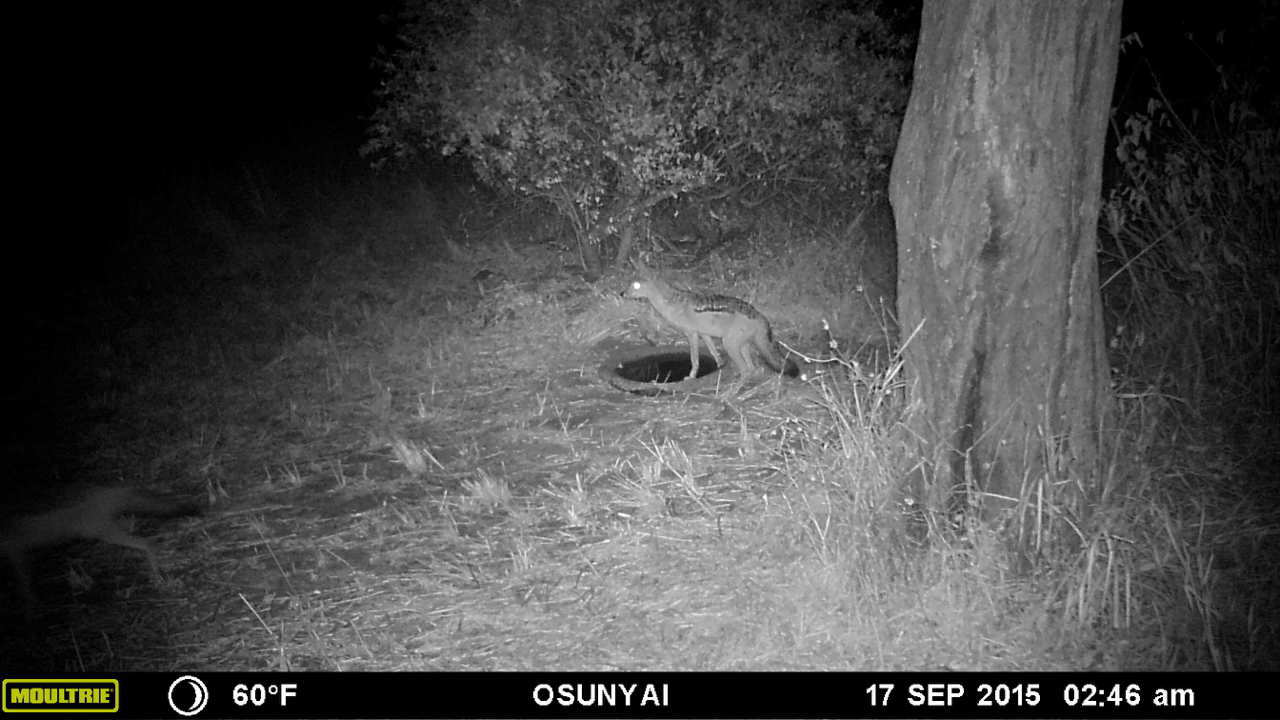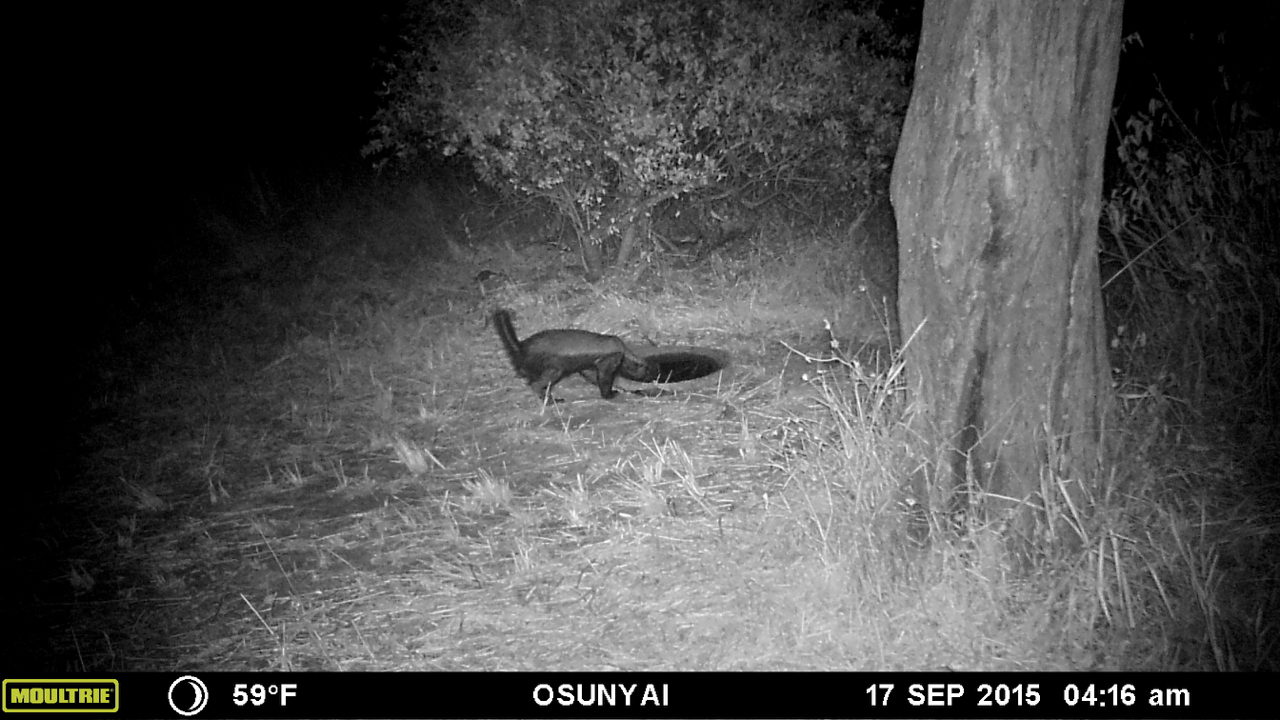5 Ways to See Wildlife on an African Safari
/There are several ways you can experience Africa's best wildlife and enjoying its breathtaking landscape. Here are some of the best methods.
Game Walks
There is no better way to enjoy an African safari than taking a game walk. The freedom of being in the wild and in close proximity to the African wildlife is an unforgettable experience.
During a game walk, one gets to see things like animal tracks, local herbs and hideouts that they would otherwise not see from a vehicle. The best time for a game walk is in the morning and late afternoon when it is not hot.
You will be accompanied by local guides and armed rangers to ensure safety. Game walks usually take between 2- 3 hours and only allowed in wildlife sanctuaries and conservancies.
Game Drives
Game drives are traditionally associated with African safaris. It entails driving at a slow pace through a park or game reserve observing animals.
During a game drive, you will occasionally stop the vehicle for sometime to observe animals, take photos and enjoy the landscape. The best time for taking a game drive in Africa in mostly during sunrise or late afternoon. Sometimes there are night game drives.
The common vehicles for game drives is a 4WD land rover/ land cruiser or a 9 seater minivan with a roof hatch.
Balloon Safaris
For those who want to have an experience of a lifetime, they should try out a balloon safari. Here you will fly over the park or reserve in a balloon giving you a bird’s eye view of the wildlife while getting to see the incredible African landscape.
Balloon safaris gives you the opportunity to cover a wide area within a shorter time. During a Kenya safari, they are spectacular. The best time for balloon safaris is usually early morning.
Boat Safaris
This is a new way to view wildlife as you enjoy a boat ride on some of Africa’s famous rivers. Some of the common animals you are likely to view in a boat safari include elephants, hippos, crocodiles and animals feeding by the river banks.
A boat safari is an incredible experience as you may camp on the banks of the river. Boat safaris are quite common in southern African countries of Zambia, Zimbabwe and Botswana.
To spice your African safari, you can combine the different ways to view wildlife. You will never go wrong with this.




